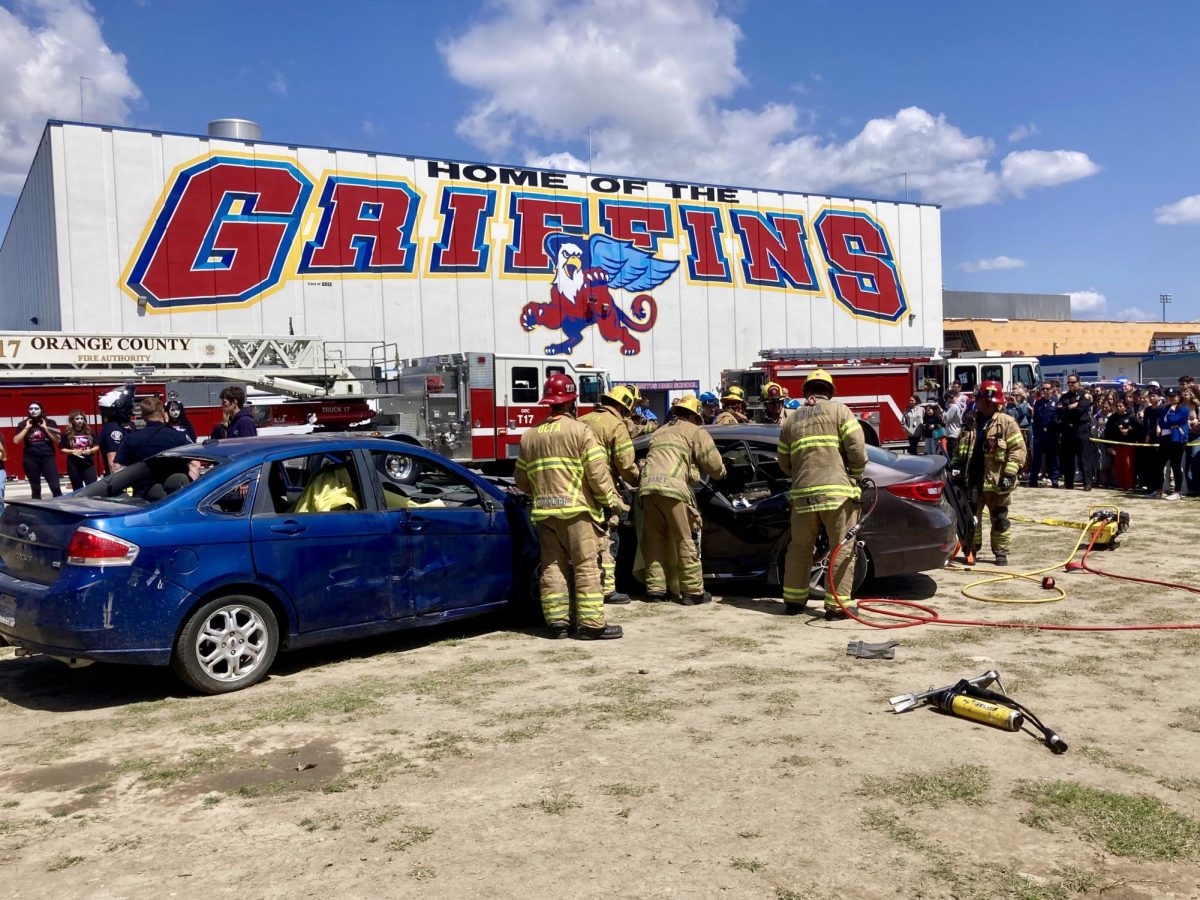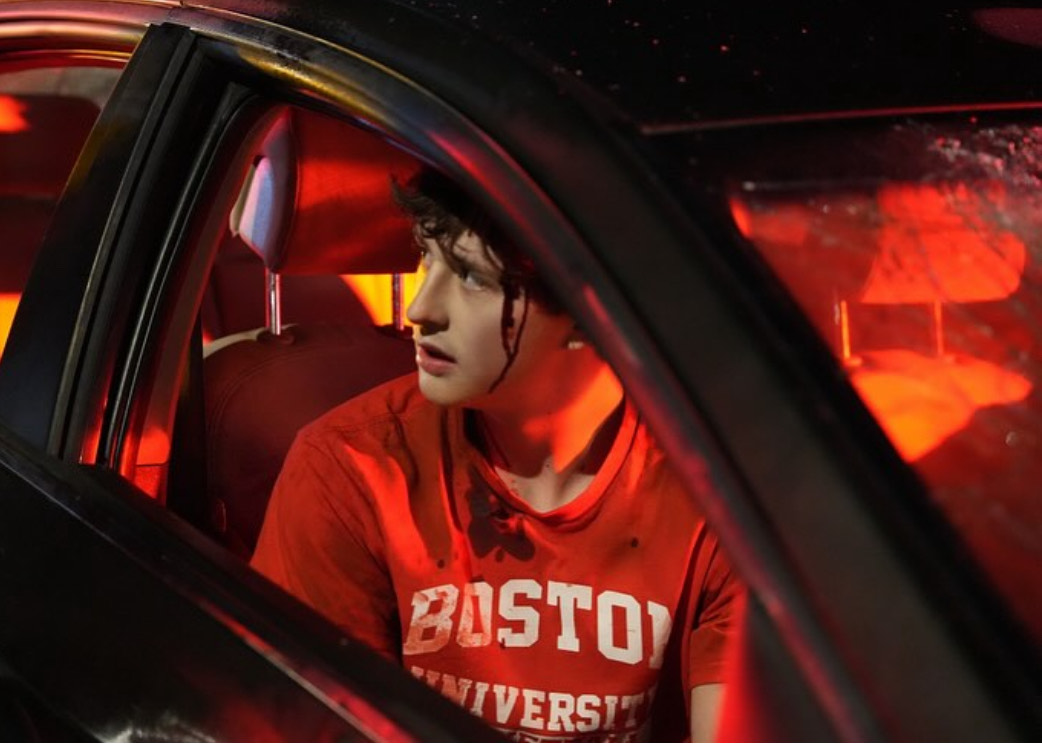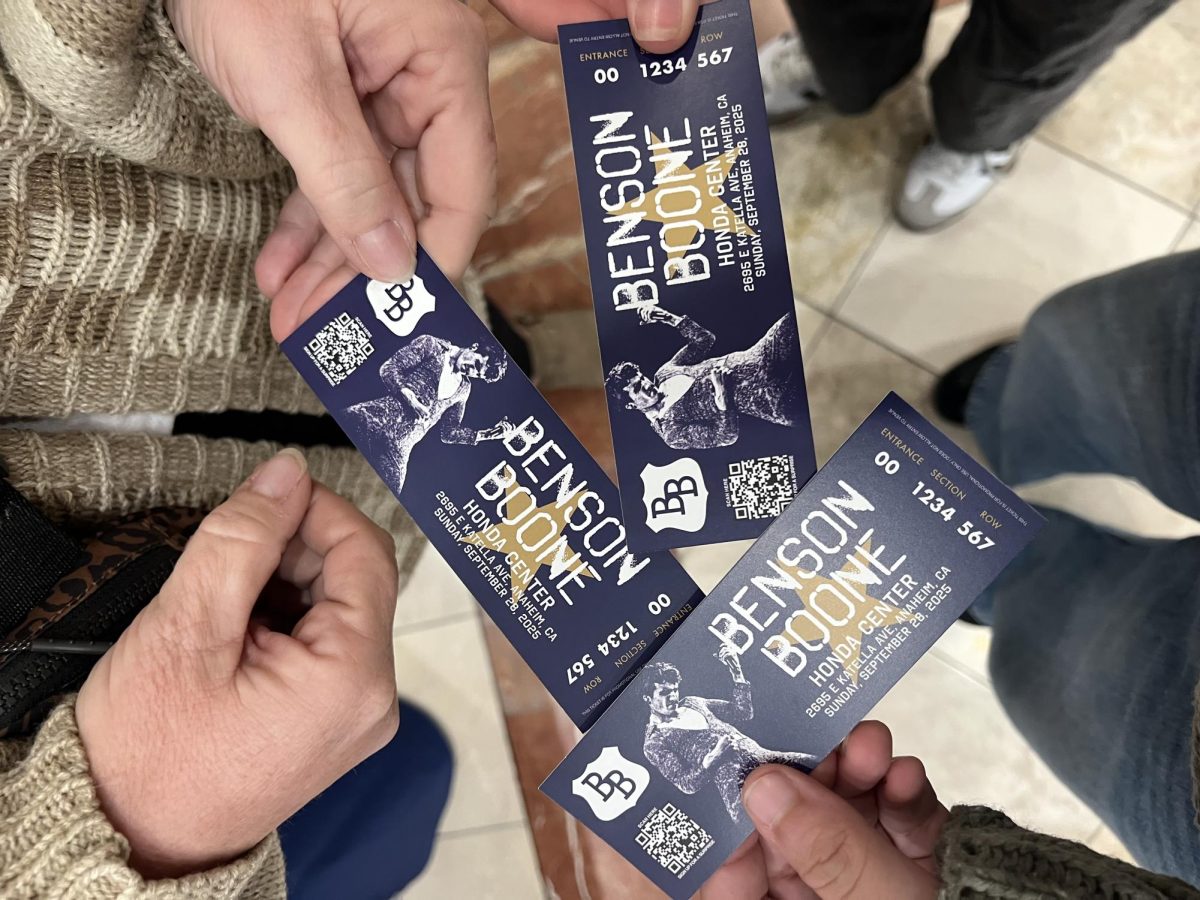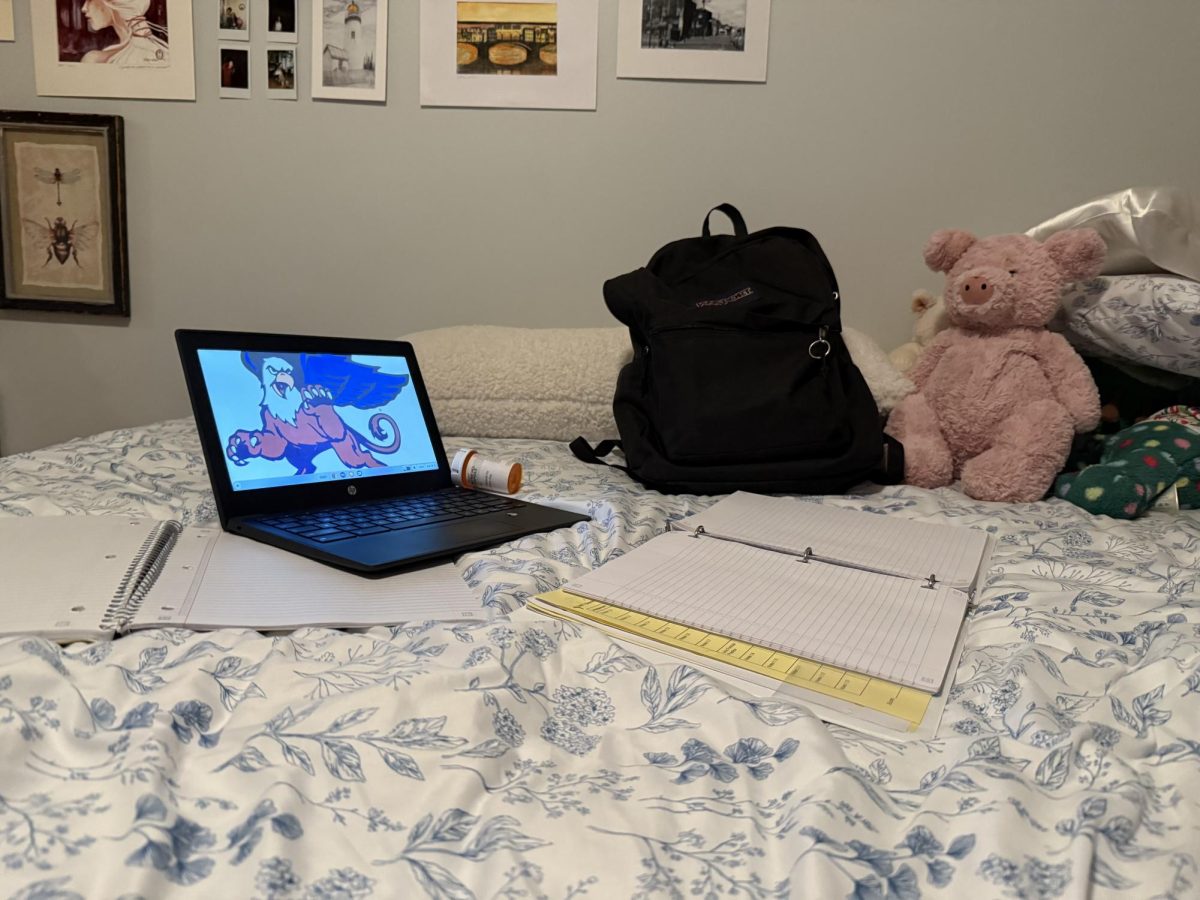LOS ALAMITOS, Calif– “Every 15 minutes, someone in the United States dies from an alcohol-related accident. Rest in peace…”. These are the words I heard on the intercom every 15 minutes at school on April 3, which was then followed by two students being escorted from class by a police officer and the Grim Reaper, symbolizing the death of those students.
This is a part of the Every 15 Minutes program, which is presented every other year to Los Alamitos High School and funded by The Youth Center. Its purpose: to showcase the full impact of drunk driving.
Every 15 Minutes is a two-day program aimed to challenge students’ assertions about drunk driving and raise awareness by bringing the topic to campus on a full-scale level.
Volunteer students pulled out of class are called the “Living Dead” and wore skull face paint, along with an Every 15 Minutes program shirt to distinguish them from the living. The “Living Dead” weren’t allowed to interact with any other students and spent the duration of the program in a hotel with the other “deceased” students. Meanwhile, their parents, who are aware of their child’s participation in the program, receive the fake news of their child’s death from a police officer who comes to their work or home.
On the second day of the program, April 4, a mock car accident was staged behind the PAC during an extended lunch. Program participant students were placed in two wrecked vehicles, covered in fake blood and makeup, while paramedics and police officers showed up to the scene to arrest drunk driver and rescue the injured and dead students from the collision.
The program concluded with a third-period assembly, one for underclassmen that was meant to be more sensitive and discretionary and a second for upperclassmen that was more emotional and authentic. The same keynote speakers were presented at both assemblies and shared their experiences on the impact of drunk driving.
Notably, upperclassmen have felt the largest effect of Every 15 Minutes due to the absence of their friends, as well as it being more likely that someone taking part in the simulation will come from one of their classes.
“(Every 15 Minutes) needs to be (over-dramatic) for students and teens who drink and need to know this,” said senior Priya Marquez.
Every 15 Minutes is known for how dramatic it is; however, this is the worst part about the program. Instead of informing students, it’s either an overly emotional experience or easy to mock. How effective is it to tell kids not to drink and drive than to make them feel like their classmates or friends are dead? Stimulating a death to trigger emotions for many feels too extreme.
Of the young drivers aged 15-20 in 2022 who were drinking and died in a car accident, 67% of them were unrestrained. Teenage drivers are less likely to drink and drive compared to adults, but when they do, their risk of an accident is significantly higher regardless of low blood-alcohol levels, according to Teen Driver Source.
Reflecting back on this impactful event, I thought that The Youth Center did an amazing job executing the program, but the best part was the Focus Studies short film. However, I believe the message “don’t drink and drive” is told universally and is something high schoolers commonly understand. Although a strong emotional reaction is a large part of Every 15 Minutes, I believe a program that is less emotional and more thought-provoking could be just as effective.
























Amelia Gutierrez • Apr 14, 2025 at 12:46 pm
I love this perspective!
Zoey Kurz • Apr 14, 2025 at 12:35 pm
The photos you took were so good. It’s interesting to get someone’s perspective on this.